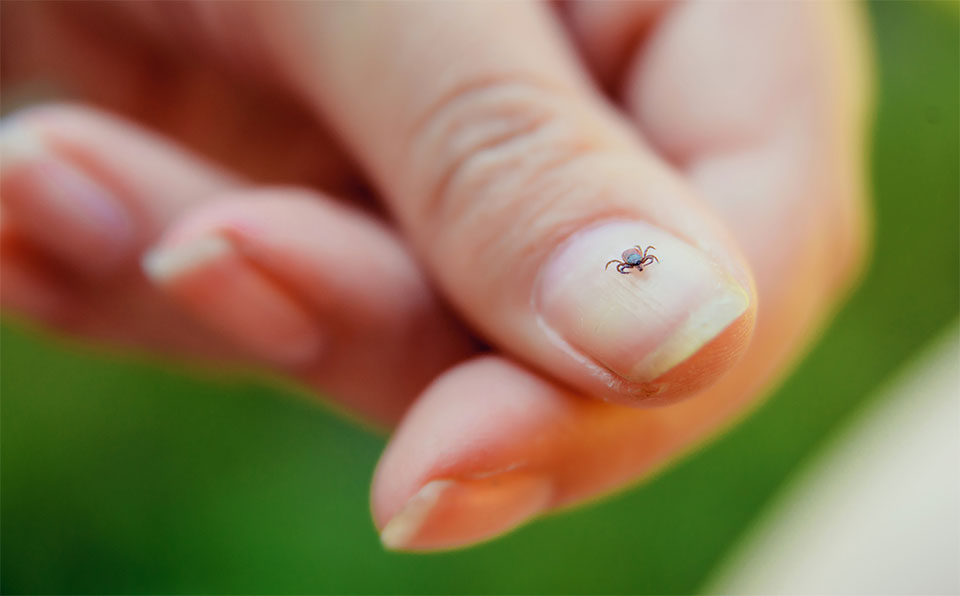
Finland is most famous for all kinds of mosquitos which supposedly have up to five cm long blood suckers. Also, horse-flies and hornets are well known to the average orienteerer due to their rather painful bites. Compared to them, a tick is rather easy going: You will hardly notice it creeping on your skin, as you also are unlikely to feel any pain when it bites. However, the outcome of a tick bite could potentially be much more serious, than that of a mosquito or a horsefly.
An estimated 500 000 Finnish people get bitten by a tick every year (every 10th). Mostly it is likely, that the bite will have no consequences. However, if within a week of the bite there is a 5 cm red rash around the bite point, or if there is unexplainable fever or pain in your joints, then it is recommended to seek medical advice.
During the dress rehearsal on Wednesday, a handful of our runners observed ticks in the evening, which was sort of a surprise. Normally it is thought that ticks are most active after a rain, but it has not rained in the Porvoo area for ages.
It is thus advisable, that anybody moving in the forest or the nearby grass-fields (tents etc.) makes a quick tick-check in the evening, inspecting the back of the knee joint the armpit and other ”hidden” places.
If by chance you find a tick, then it is recommended to remove it with special pincers, so that all parts of the tick are completely removed from the biting point. If you are unsure, then the Jukola first aid team will no doubt be happy to assist you. A lot of excellent guidance may also be found from the internet.
Best of luck with finding the controls
PS. Luckily, we have no observations of deer flies yet.
Text: Hinni Kress
